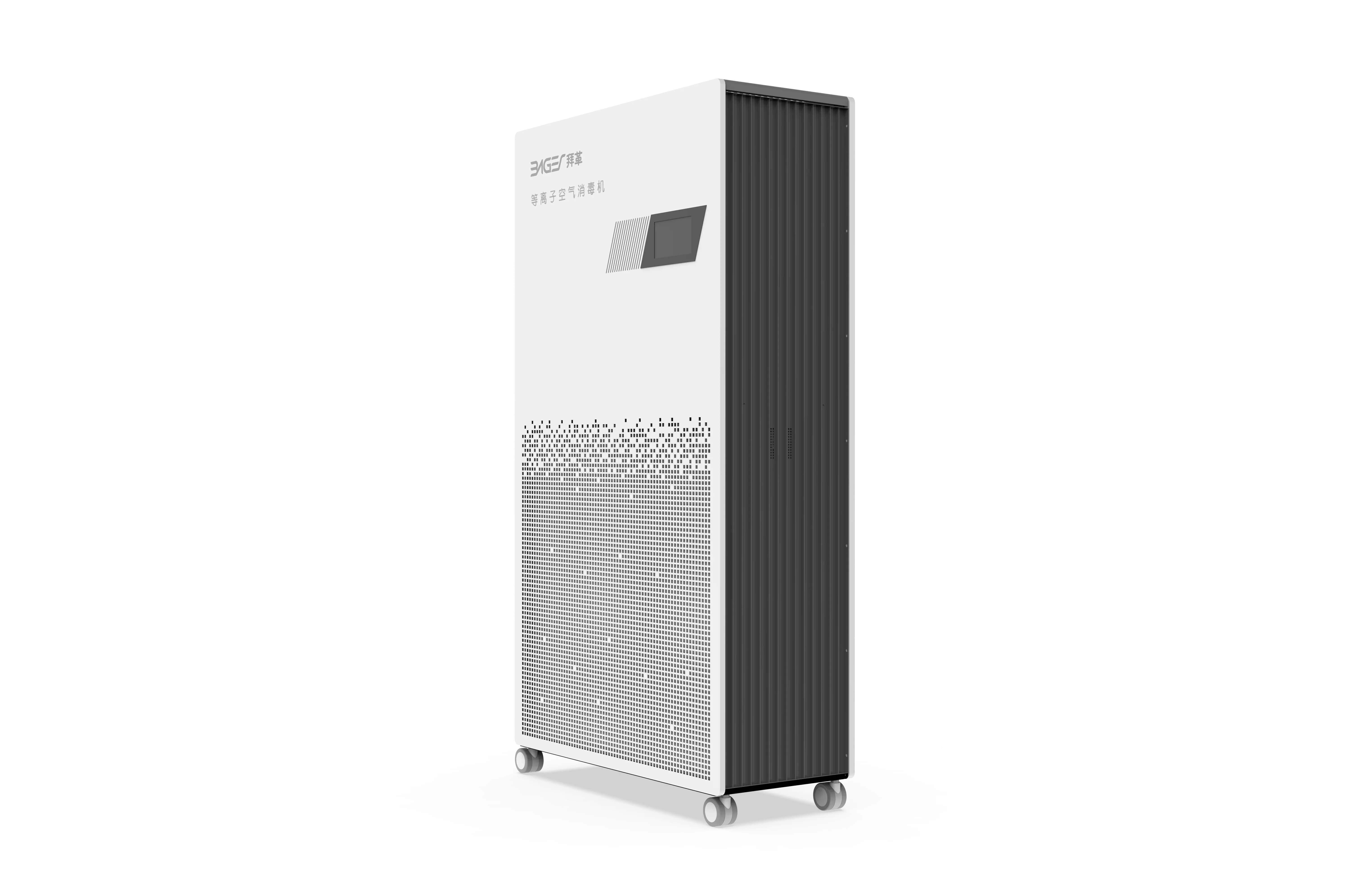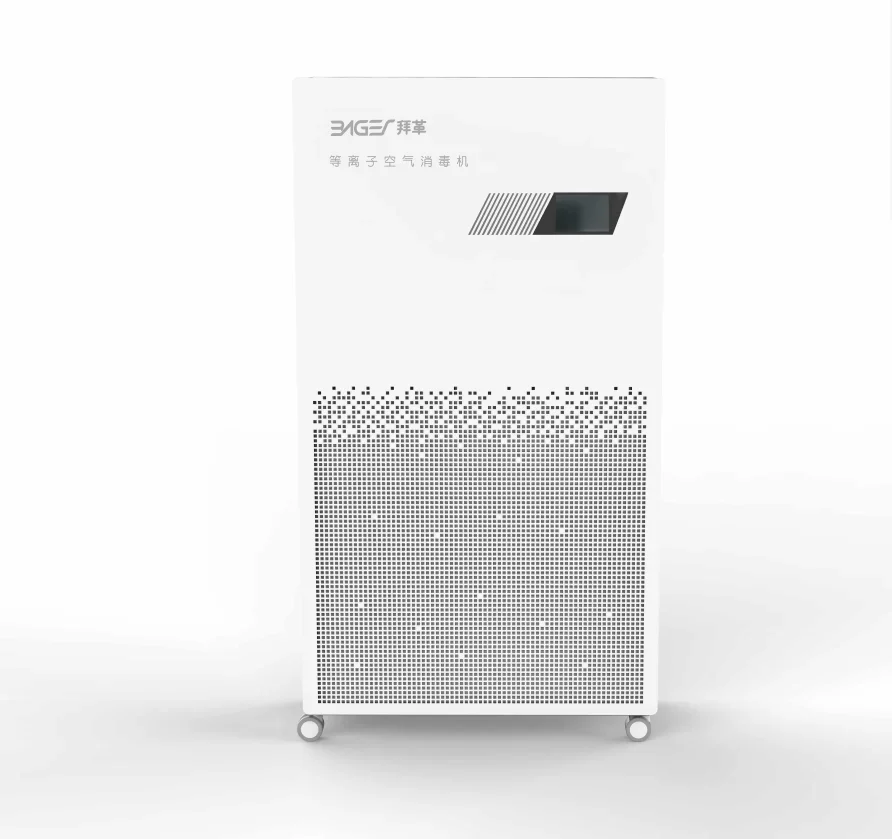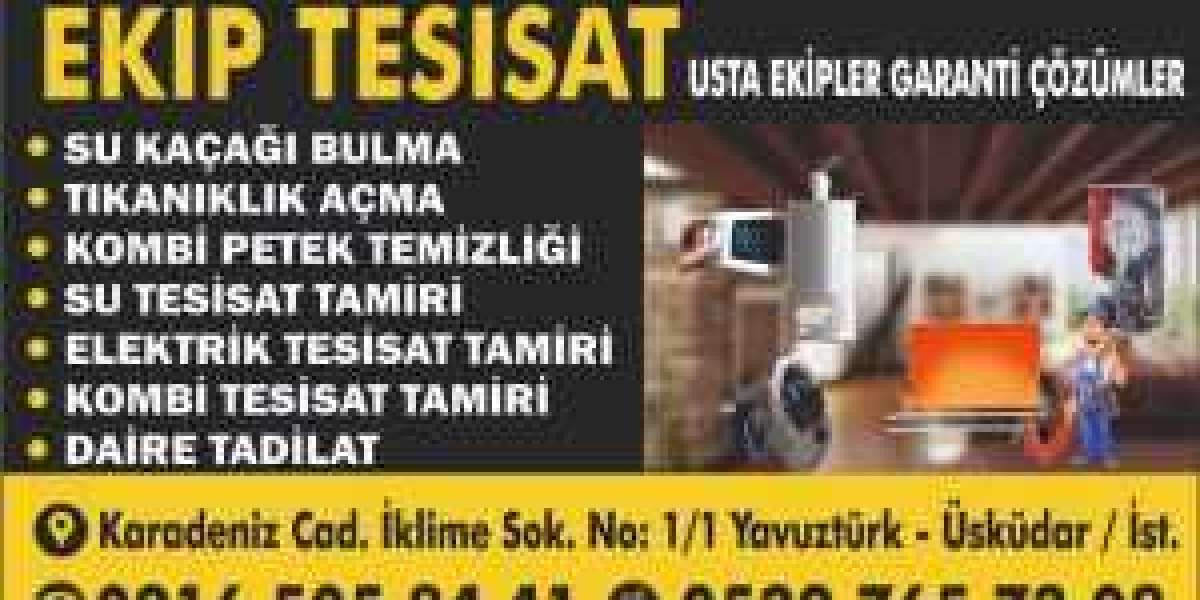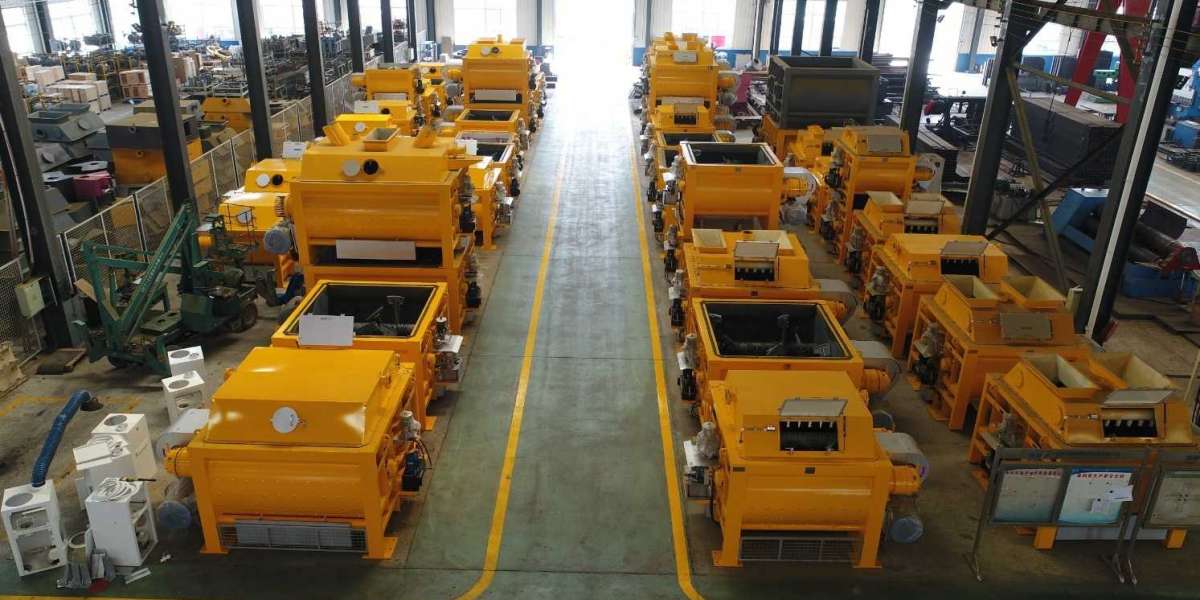Plasm air sterilizers and negative ion air sterilizers each have their own features, let plasm air sterilizers seller Bager explain to you.

1. Features of plasm air sterilizers
Plasma, also known as low-temperature plasma exhaust gas purifier equipment, has two areas, namely microwave excitation area and low-temperature plasma excitation. The principle of low-temperature plasma technology to treat pollutants is: under the effect of an external electric field, a large number of energy-carrying electrons generated by dielectric discharge bombard pollutant molecules, causing them to ionize, dissociate and excite, and then trigger a series of complex physical, The chemical reaction converts complex macromolecular pollutants into simple and small molecular safe substances, or converts toxic and harmful substances into non-toxic, harmless or low-toxic and low-harm substances, so that the pollutants can be degraded and removed. Because the average energy of electrons generated after ionization is 10 eV, chemical reactions that are generally difficult to complete or very slow can be completed quickly under the proper control of reaction conditions.
2. Features of negative ion air sterilizers
Negative ions are new negative ions generated by the device itself, and the negative ions will automatically touch the harmful substances in the air to purify and disinfect the air. After the low voltage passes through the negative ion module, it will be boosted to form a DC negative high voltage, and volts and DC high voltages will continue to occur. The corona releases a large number of electrons (e-) at the same time, and the electrons cannot exist in the air for a long time and will touch the oxygen molecules (o2) in the air to form negative ions. In short, the electrons pass through the touch. molecules to form negative ions, so as to achieve the purpose of purifying the air.

The above is the plasm air sterilizers and negative ion air sterilizers introduced by plasm air sterilizers seller Bager. If you are interested, please contact us to discuss this.







